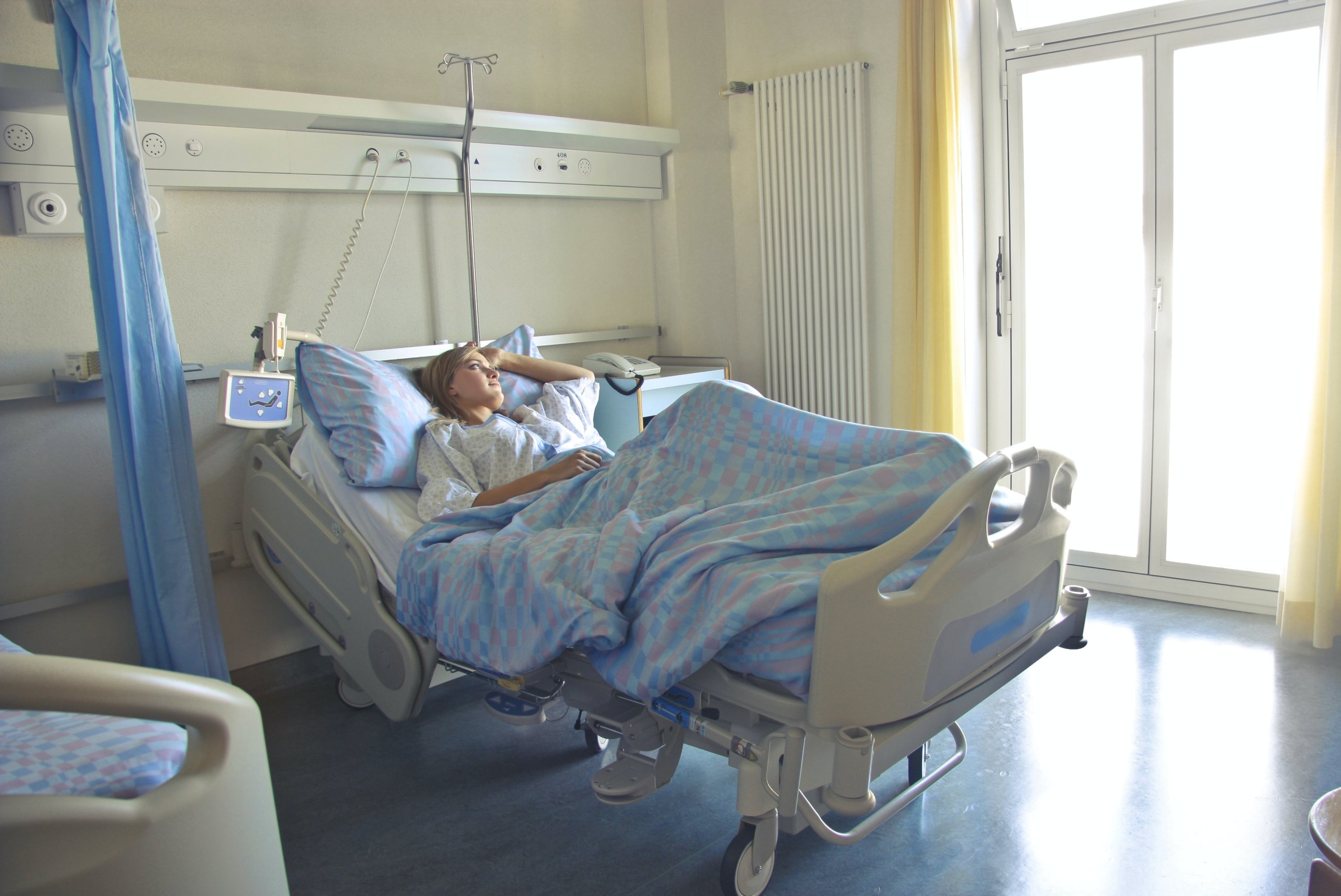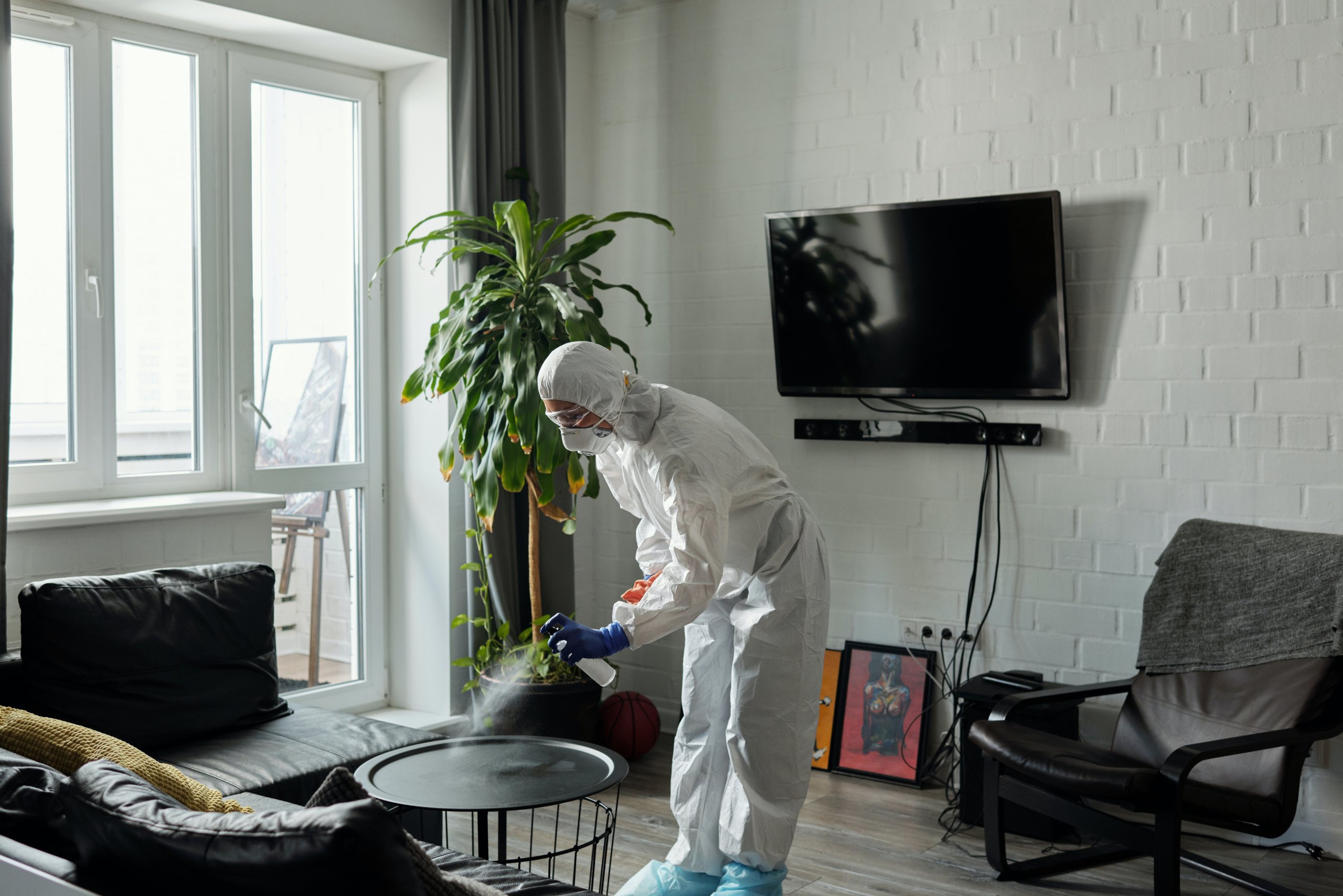
Governments and medical facilities around the world are being inundated by an influx of COVID-19 patients. Under these overwhelming circumstances, it’s imperative that these organizations manage their resources carefully; it’s the only way to ensure that people with the highest health risks are prioritized and that the spread of the novel coronavirus slows down.
Luckily, artificial intelligence (AI) development can help.
A Proactive Approach to Managing COVID-19 Patients
Jvion is a medical tech developer that specializes in clinical AI. The Georgia-based company is running a data analysis initiative to help improve COVID-19 strategies and aid hospitals in taking a more proactive approach in managing patient populations.
Thanks to machine learning algorithms, Jvion is able to elucidate social risk factors that make it more likely for people to contract and spread the coronavirus. This data even shines a light on the possibility of someone getting an infection that would require hospitalization.
John Frownfelter, MD, is the Chief Medical Information Officer of Jvion. In an interview with TechTalks, he explained the need for AI during this pandemic:
“We know two things today: First, projections are that at some point hospital resources and capacity will be outstripped by the demand, and second, clinical data (vital signs, x-rays, etc.) are poor indicators for a patient’s ultimate outcome. Which patient could do well at home, and which patient is likely to not survive no matter what therapy is offered is one of the more difficult clinical challenges. AI can definitely help in this space.”

Jvion’s AI helps identify uninfected individuals who are at high risk for contracting a serious case of COVID-19. Healthcare organizations can then alert these people to practice proper self-isolating precautions. The AI system is a sorely needed tool during this crisis. Not only does it help protect those most at risk of experiencing grave COVID-19 symptoms, but it can also save supplies for those who need it most — and that could save numerous lives.
Analyzing Social Risk Factors
This isn’t AI’s first encounter with the coronavirus. AI firm BlueDot actually used the technology to detect and warn about the pandemic a full nine days before the World Health Organization’s (WHO) official alert. And researchers are currently using AI to screen thousands of existing drugs for effectiveness against COVID-19. Beyond these endeavors, AI’s also being used to measure people’s temperatures in public and identify COVID-19 infections in chest x-rays.
Jvion’s system bolsters these efforts by determining individual risk levels. The most impressive part is that it does this with little to no clinical data and limited patient information. Social determinants of health (SDOH) are far easier to obtain than individual patient data; there aren’t nearly as many rules and regulations in the way. This versatility makes it possible to apply Jvion’s AI to large populations and find high-risk patients.
“We have developed methods and resources to rapidly gather all the data on any individual. In addition, we have developed methods and technology to analyze communities, without having data on individual patients,” Frownfelter explains.
For a preliminary analysis, the system gleaned over data from 2 million patients. Out of thousands of factors, it then determined which ones carry a high risk for infections that lead to severe outcomes, like respiratory failure. Unsurprisingly, the system flagged both old age and chronic conditions as pivotal risk factors.

The machine learning application also detected a variety of social factors as risky, like living in densely populated areas, taking long commutes, attending public events, and shopping in person. Discovering and taking proper measures against these factors can make a monumental difference. Studies of the previous 2009 H1N1 pandemic show that social factors played an integral role in the worse outcomes of socioeconomically disadvantaged populations.
Machine Learning + Public Data = Predictive Potential
In January, Jvion’s team introduced their methodology in a research paper published in The American Journal of Managed Care. The main takeaway? Publicly available socioeconomic determinant data and purchased behavioral information make it possible for machine learning models to predict hospital and ER utilization — no clinical risk factors needed.
Frownfelter says, “Even when data on the health event in question isn’t readily available there are surrogates that can be leveraged to identify likely outcomes to inform strategies proactively.”
Besides their system, Jvion has also launched a COVID Community Vulnerability Map. This free tool identifies populations at risk of experiencing high numbers of severe COVID-19 cases. It takes socioeconomic and environmental factors into account that place regions at higher risk.
Both Jvion’s AI system and its map give communities and organizations essential tools we must leverage in our fight against the coronavirus. By using them, we can buy healthcare facilities more time to properly plan for influxes of patients and ultimately save lives.
From New York City, New York to Venice, Italy, the coronavirus has already taken away too much from humanity. To stop it from wreaking more havoc, we must all do our part to flatten the curve. Practice social distancing. Wash your hands often. And help others in need. Together, we’ll overcome this pandemic.





